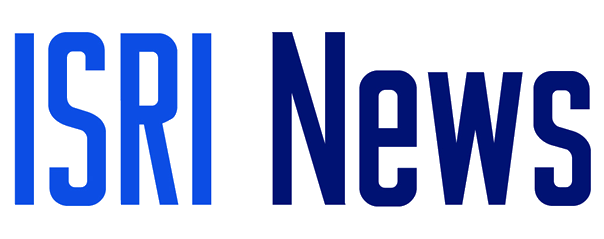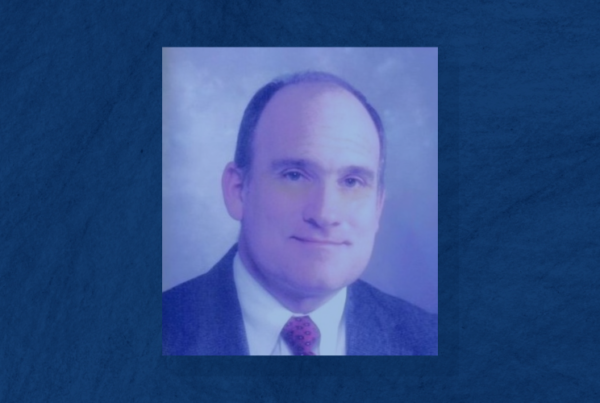On Friday, Oct. 1, economic indicators were released including the personal consumption expenditures (PCE) price index, personal income, and personal savings rate. These indicators show growing consumer spending and expansion in manufacturing as well as rising prices and the potential for an extended period of inflation. Together, these numbers reflect government aid related to COVID-19, a growing workforce, more spending, and inflation at the consumer level.
PCE and Core PCE
The Federal Reserve has been consistent in saying that the current inflationary pressures are transitory rather than a signal of an extended period of inflation. However, the Commerce Department’s Oct. 1 report on core PCE price index shows that inflation is the highest it has been since May 1991. Core PCE, which excludes food and energy and is the Fed’s preferred measure of inflation, increased 0.3% for August and was up 3.6% from a year ago. PCE prices rose 0.4% for August and 4.3% year over year, the highest since January 1991. Food prices increased 2.8% and a 24.9% increase in energy prices from a year ago.
The Fed’s statements about the transitory nature of inflation may conflict with the data: The year-on-year consumer price index and producer price index increases are higher than the Fed’s 2% inflation target. However, the Fed’s September 2021 economic revised projections may show an easing of the theory that the inflationary pressures are fully transitory, as the core PCE inflation 2021 projection significantly raised to 3.7%, up from 3.0% in June. The Fed still projects inflation falling back to 2.2% in 2022, more in line with its long-term stance.
During that same meeting, the board also released updated projections for GDP and unemployment. GDP growth for 2021 was lowered to 5.9%, 1.1 percentage points from 7.0% in June. The unemployment rate projection increased 0.3 percentage points higher than June to 4.8%.
On Oct. 12, supply-chain disruptions and global-health concerns led the International Monetary Fund (IMF) to lower its growth forecast for the world economy in 2021. In its October 2021 World Economic Outlook, the IMF, a group of 190 countries that promotes international financial stability and monetary cooperation, projected the global economy will grow 5.9% in 2021 and 4.9% in 2022, 0.1 percentage point lower for 2021 than the IMF’s July forecast. The IMF also estimated consumer-price inflation in advanced economies to reach 2.8% in 2021 and 2.3% in 2022, increases from 2.4% and 2.1%, respectively in the July report. In emerging and developing economies the IMF forecasts 5.5% in 2021 and 4.9% in 2022.
The question of whether these inflationary pressures are truly fleeting isn’t new. It’s been a topic of discussion for economists for some time, recently making an appearance at ISRI’s Commodity Roundtables Forum in Chicago. When discussing the inflationary pressures throughout the economy, speaker Jason Schenker, chair of The Futurist Institute and the president of Prestige Economics, argued the U.S. may be looking at an extended period of high inflation.
“People are paying attention to this issue,” says Joe Pickard, ISRI’s chief economist and director of commodities. That’s because inflation not only affects producers like manufacturers and recyclers, but it also affects households when prices of goods sharply rise—that cuts into their disposable income. According to Mark Zandi, chief economist at Moody’s Analytics, households earning about $70,000, the U.S. median annual income, have needed to spend an additional $175 each month on food, fuel, and housing because of the current rate of inflation.
“If we were to see [extended inflation] the Fed would have to abruptly change course, and in addition to tapering some of their asset purchases they’d have to start raising rates too, which would have serious consequences for the economy if they were signaling one thing and then actually needed to raise the rates because of inflation,” Pickard notes.
Loan rates have been near historically low levels, which has been good news for recyclers. It’s an opportunity for the industry to continue expansion projects (adding equipment, machinery, facilities, etc.) and supports availability of funds for new loans.
“There’s not a unanimous position among economists on expectations for inflation,” Pickard adds. “Some agree with the Fed, and some take a different approach that we’re going to have high inflation for an extended period.”
The Fed may be trying to work as though both approaches are correct in its September economic projects, says Bret Biggers, ISRI’s senior economist. “They’re trying to move forward with both philosophies; that’s part of the reason why they raised the inflation projection and why they decreased the GDP projection for this year to 5.9% from 7.0% in June. It’s like they’re trying to split the differences but not quite fully give in yet.”
Some inflationary pressures may be related to the current supply chain bottlenecks, which in turn are related to the continued recovery from the pandemic. If that’s the case, then once the economy returns to a more stable rate of growth, that may take pressure off price inflation. “I’ve seen statements from officials saying that supply chain bottlenecks are part of what’s causing the inflation and they expect that to ease going forward; we’ll see how that all plays out,” Pickard says.
Biggers says the Fed may be looking at employment as a catalyst that could improve inflationary pressures. “The idea is that as people go back to work, they’ll start earning income and prices will start subsiding that that will trigger everything else. The supply chain issues are separate from employment, but let’s say we could fill all the open positions for truck drivers: That would help disperse materials more quickly and alleviate some of the supply chain pressures.”
Like most aspects of the economy, employment is a complicated issue. Pickard and Biggers add that people returning to work could alleviate some production and labor shortages, more people returning to the workforce also means more people making money and spending money which adds to inflationary pressures.
Personal Income & Personal Savings Rate
In August, personal income increased 0.2%, while spending grew 0.8%, which is slightly higher than the 0.7% forecasted. Biggers does not think this is unexpected. “Keep in mind, August is the last month of pandemic assistance, which stopped on Sept. 6,” he explains. “So, these numbers are still with pandemic assistance, so we’ll have to see what affect it has on personal income and disposable income.”
The personal saving rate fell to 9.4% in August from 10.1% in July. With the historical average of 8.7% to 8.9%, the rate is still high but lower than the average during the pandemic. According to Biggers, during the height of the pandemic, the average personal saving rate was about 16.1% and the median was 13.8%. In 2018 and 2019, the averages were 7.7% and 7.6%, so the pre-COVID economy was humming.
“The new numbers confirm the trend that we’re coming down,” Biggers explains. “We’re not in double-digits savings. We’re starting to come back into a more heated economy; we’re in single digits, so the economy is starting to perform better and more in line with historical standards. Things are getting better—but not perfect.”
Additional Resources













